
A full suspension lift is a modification that often involves changing stock parts and the factory structure of the vehicle. It also changes the way it handles and behaves off-road. That’s why it’s a key element in preparing for advanced off-roading. If you’re wondering what lifting a vehicle means and what it involves, keep reading. We will explain everything clearly, so you can easily reach a higher level.
What is a Suspension Lift
Simply put, a suspension lift raises the components of the suspension, increasing the distance between the lowest point of your off-road vehicle (excluding the wheels) and the ground. In other words, a full lift increases the clearance above the wheel without affecting its contact with the ground.
Why Increase Vehicle Clearance
A suspension lift is done to:
- Fit Larger Wheels: In the standard version of your car, fitting much larger wheels would cause rubbing against the body and fenders. In short, it would be impossible. Larger wheels mean greater off-road potential.
- Improve Off-Road Performance: The next goal of lifting is to make the suspension more flexible. In really tough terrain, your vehicle will need to work hard to keep all its wheels on the ground when going over obstacles. If one wheel ends up in the air, having a proper 4×4 drive system will be important.
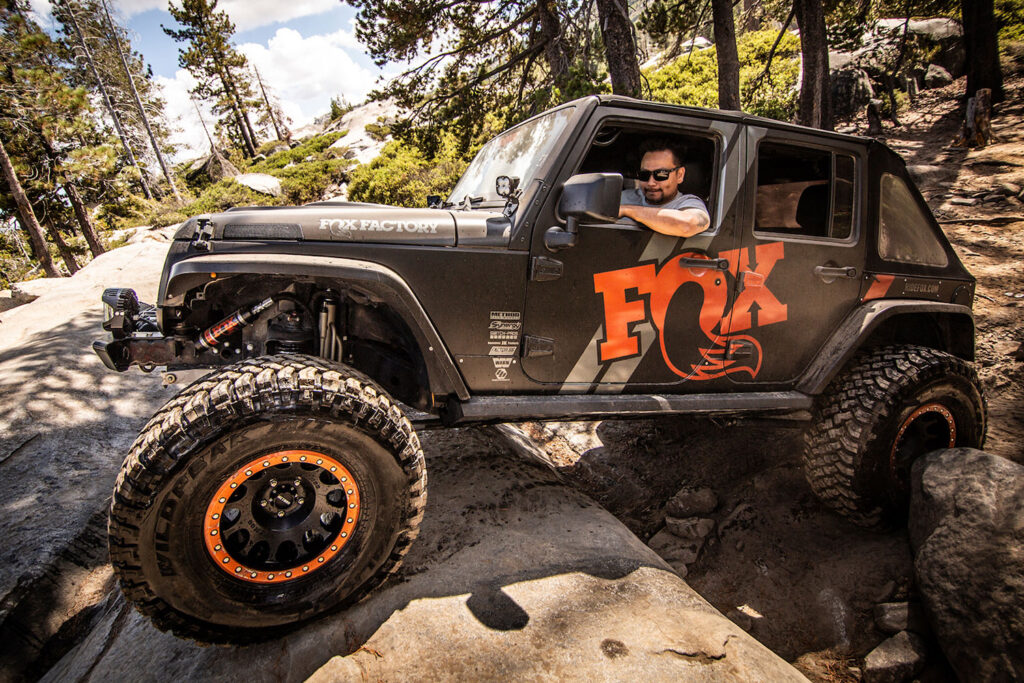
- Increase Vehicle Load Capacity: Off-road trips mean extra luggage. Installing metal accessories like bumpers and roof racks adds weight to the original suspension. When you make a lift, where you replace the suspension components with stronger and longer ones, you also gain greater load-carrying capacity. Just remember not to exceed the vehicle’s maximum load.
- Extend Parts Lifespan and Ensure Comfort: Factory parts are not good for off-roading, not because they are bad itself, but because they are not designed for such demanding use. Therefore, their durability and performance will always be worse compared to components made for lifts. By using shock absorbers with better spring properties, you can drive longer and more comfortably off-road.
How to Do a Full Suspension Lift at Different Heights
There is no simple answer to this question. Depending on the specific model or version of the car, even within the same brand, there will be differences in the construction of key chassis components.
To best illustrate the possible configurations, we have prepared a clear division. The first is based on the type of suspension and the second on the height of the lift you want or can perform on your off-road vehicle.
Types of Off-Road Vehicle Suspension Systems:
Dependent: A classic design where the front and rear wheel axles are a rigid axle suspended on spring components (e.g., leaf springs, coils), containing a damping system, i.e., shock absorbers. (older models like Land Rover Defender, Jeep Wrangler, Suzuki Jimny, and Samurai)
Independent Front and Dependent Rear: This design includes multiple control arms (IFS) at the front and a rigid axle suspended on springs or leaf springs at the rear axle. (example cars: Volkswagen Amarok, Suzuki Vitara, RAM DT, Ford Ranger).
Independent: A type of construction where both the front and rear suspensions have multiple control arms. (example cars: Toyota RAV 4, Jeep Grand Cherokee WK 2, Jeep Cherokee KL, Jeep Renegade, Jeep Compass, Nissan Patrol Y62, Pajero 4, Subaru Forester).
Pneumatic: A type of independent suspension where instead of springs, air bags are used to adjust the vehicle’s height by changing the air pressure. (example cars: Land Rover Discovery 4, Defender).
Related articles
Simple Lift Up to 2”, About 5 cm
Fortunately for us and you, a simple lift is not only easy to explain but also to perform. You may have learned a bit about it in our articles on leveling kits and spacer kits.
In most cars and all dependent spring suspensions (both front and/or rear), a simple lift involves:
- Installing a spacer under the spring or replacing the springs with longer ones
- Optionally replacing the shock absorbers or coilovers with longer ones.
In dependent suspensions with leaf springs (both front and/or rear), it is possible to add:
- A special block between the leaf spring and axle,
- Optionally adding an extra leaf to the leaf spring, which also increases the vehicle’s load capacity,
- Possibly replacing the leaf spring shackle with a longer one, which automatically raises the vehicle by the desired 1.5”–2”.
In a vehicle with an independent suspension system (both front and full), a 2″ lift can be achieved by changing:
- The springs with longer ones,
- Optionally adjusting the torsion bars.
Intermediate Lift from 2” to 4”
This type of suspension lift already involves the replacement of other components. In vehicles with dependent suspension, in addition to the parts mentioned for the simple lift, you will also need:
- A track bar (Panhard rod),
- Longer or adjustable control arms,
- Longer stabilizer links or relocating them (consider buying disconnecting links for greater flexibility),
- Bump stop extensions or new longer bump stops.
In an independent front and dependent rear suspension, for the front, you will need:
- Replacing the upper control arms or relocating their mounting point, possibly using offset bushings and possibly extended steering knuckles.
When the independent front and dependent rear suspension have an axle mounted on springs, in addition to replacing the springs and shock absorbers, you will need:
- Relocating the stabilizer or installing longer links,
- Relocating the track bar mount or getting a new longer track bar,
- Bump stop extensions or new longer bump stops.
With an independent front and dependent rear suspension, where the rear axle has leaf springs, you will need to:
- Relocate the brake lines,
- Install bump stops.
In some off-road vehicle models, you will also need longer brake lines or a differential drop, or a longer driveshaft. As you can see, a few extra centimeters already make a big difference, requiring more advanced modifications to other vehicle systems.
An exception here is a vehicle with an independent suspension system. A lift over 2” will be complicated, making it a rare case because the complexity of such a modification greatly exceeds its benefits. This is due to the limited travel and working range of the components, meaning the lift must work with the vehicle’s original suspension. Therefore, those 2” are mostly all you can do.
Advanced Lift from 4” to 6”
Another type of full suspension lift, called by us a high lift, is for off-road enthusiasts. This modification usually involves even more changes and interference with the suspension system. You will need to follow the scenarios presented above, starting with changes in the spring elements, but also:
In any type of dependent suspension, you will need to:
- Relocate or replace the brake lines with longer ones,
- Replace the driveshaft with a longer one,
- Modify the exhaust,
- Possibly upgrade the control arms from short to long arm versions.
In an independent front suspension, you will need to:
- Often replace the cradle, which involves cutting and welding, making it an irreversible process.
Complex Lift, Anything Over 6”
Among off-road enthusiasts, some modification enthusiasts see the process itself as a sport, competition, or passion. When they hear something is nearly impossible, they say, “hold my beer.”
For all extreme lifts, which in our understanding start above 6”, most modifications involve custom selection of suspension components and custom-made parts. If you want to build your own vehicle, feel free to experiment, just make sure to find someone who knows what they are doing if you want the car to handle well.
Summary: Do You Need to Disassemble Half the Car to Do a Lift?
You might feel a bit overwhelmed now, but don’t worry. Most of the parts needed for a full suspension lift can be found in ready-made kits tailored to specific car models. This means you don’t need to nervously study mechanics encyclopedias.
However, remember that a lift up to 2” in most off-road vehicles mainly involves replacing the springs and shock absorbers. This is basically a must-have modification if you plan to leave the main road. Mainly because replacing the spring elements with more durable and solid ones results in better driving comfort. Therefore, a lift does not have to mean complicated modifications.
However, if you are very ambitious about off-roading and plan to drive on more challenging roads than just gravel, then consider advanced modifications. Remember, in some cases, complex changes such as modifying the brake system will be required. If you are unsure whether this applies to you and your car, review the above section or contact us.
How Suspension Lift Affects Off-Road Vehicle Handling
Advantages
First of all, installing a lift increases axle articulation, which refers to the flexibility and movement of the suspension. This allows for greater suspension compression angles, from one corner to the opposite, enhancing the vehicle’s ability to traverse large bumps. The result is a motion similar to a sailboat riding waves rather than a traditional four-wheeled vehicle.
This improvement provides better stability on uneven terrain, easier navigation over challenging off-road obstacles, and more effective damping of bumps. In short, as often stated in the off-road community, a full suspension lift significantly enhances off-road capability
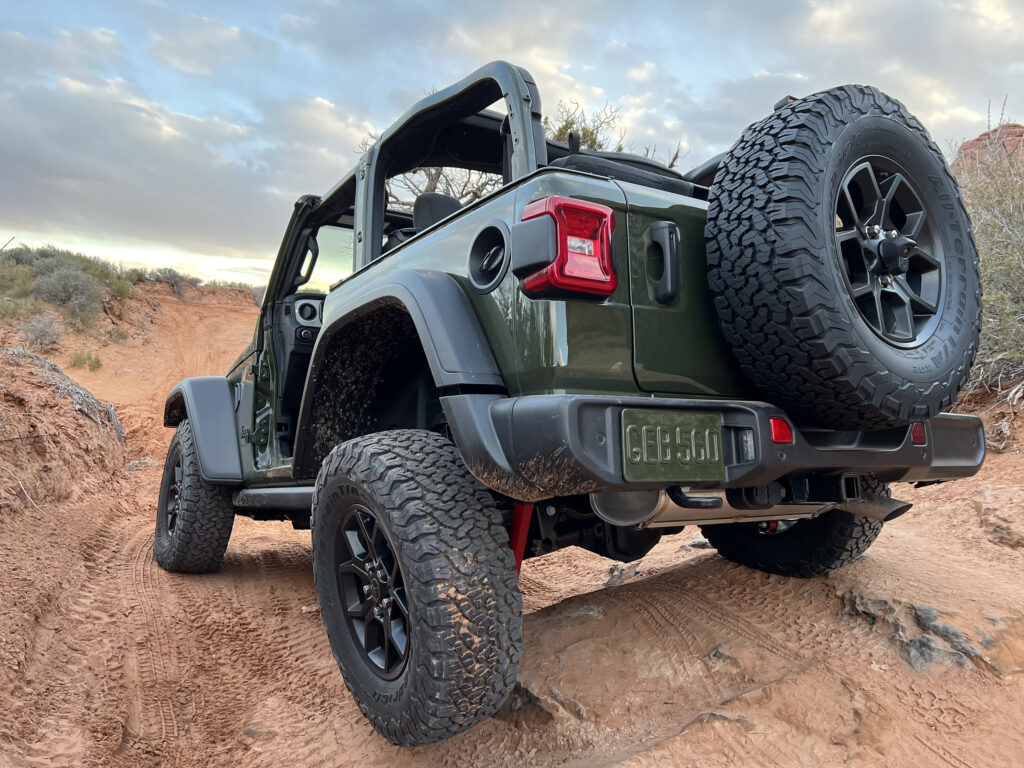
Disadvantages
For lifts, the most important thing is to maintain the right balance. A higher lift does not necessarily mean better driving conditions. The point is, such a modification often exceeds the vehicle’s original working range, involving changes in other components and systems. It also often changes the suspension geometry, such as the drive system components, not always for the better.
After a lift, the vehicle’s center of gravity changes, meaning it moves much higher. This affects handling, especially when cornering or driving across slopes. The car can simply tilt more easily.
How Much Does a Suspension Lift Cost?
Due to the complexity of the modification and its significant impact on the vehicle’s performance, it’s very important to use proven and high-quality components. It’s best to use specially matched lift kits designed for specific off-road vehicle models, as this ensures you get everything needed for a proper suspension lift. Moreover, if you lack mechanical experience, it’s wise to leave the modification to professionals. And finally, you must have the suspension geometry rechecked.
As you might guess, this is all reflected in the cost. Even excluding “additional” costs like the installation service, the suspension kits themselves are costly. The richer the kit, the higher the price, often significantly. Prices range from a few to even tens of thousands of euros, making it easier to find something optimal for you.

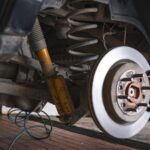
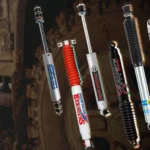




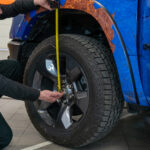





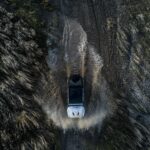








Comments ()